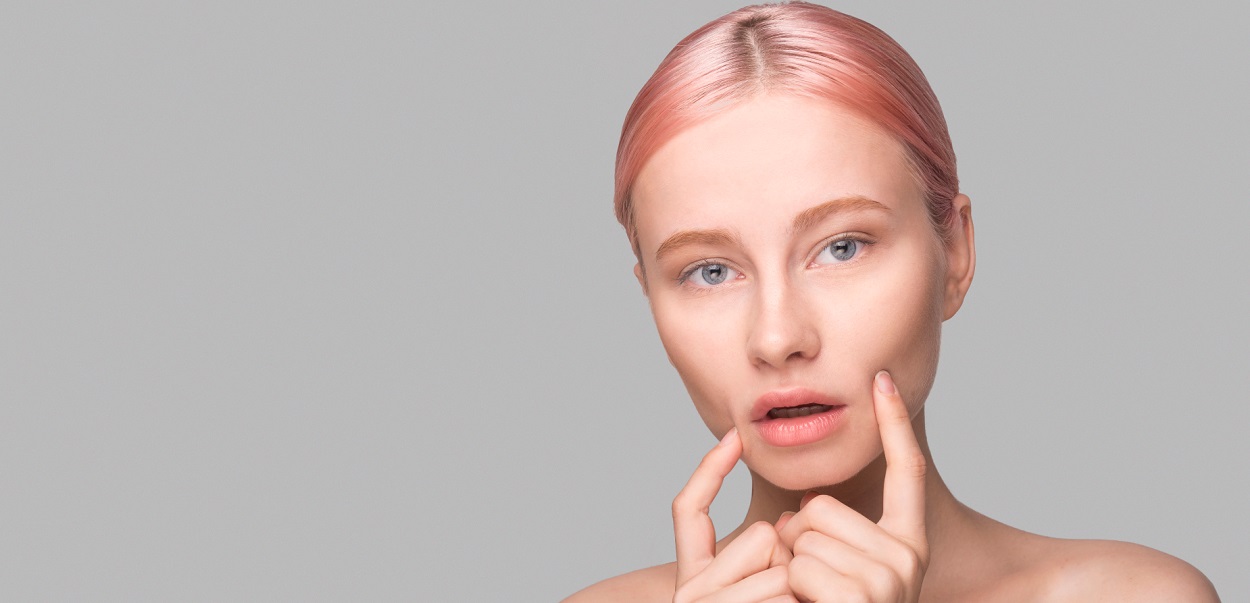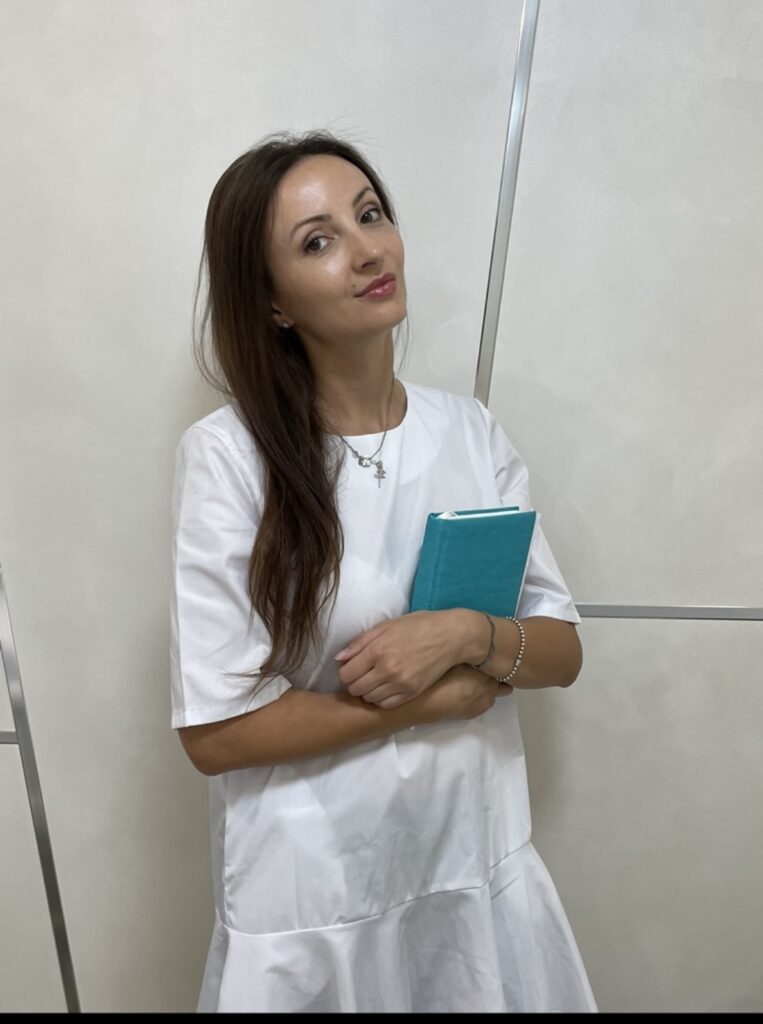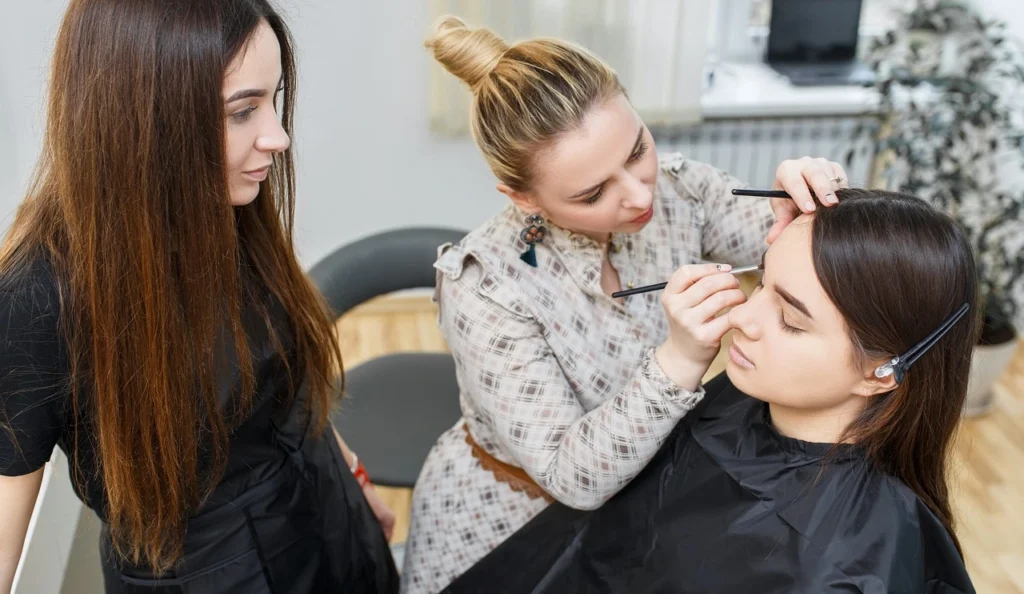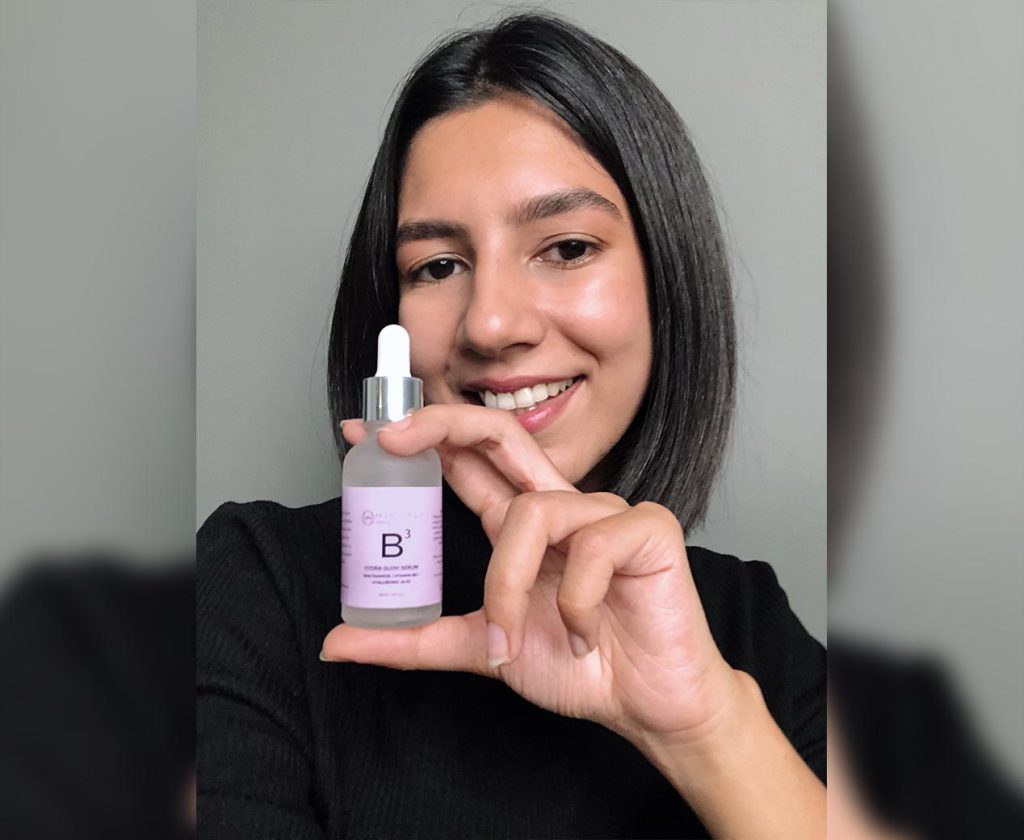Now Reading: How European Technique Are Reshaping American Aesthetics
-
01
How European Technique Are Reshaping American Aesthetics
How European Technique Are Reshaping American Aesthetics

When Hanna Shabanova moved from Ukraine to the United States, she brought more than a medical license — she carried with her a philosophy. A new standard of care. One rooted in European principles of anatomy, regeneration, and restraint.
Today, that philosophy is taking root in the U.S. — not through hype or trend, but through patient satisfaction, clinical results, and the quiet rise of something deeper: integrity in aesthetic medicine.
European Aesthetics: A Different Language of Beauty
Unlike the volume-centric approach often seen in American clinics, European aesthetic protocols focus on preservation — not transformation. They emphasize structural alignment, vascular health, cellular regeneration, and the art of working with, not against, the body.

Instead of chasing symmetry or erasing expression, these techniques are designed to support the facial anatomy, slow the signs of aging, and enhance the natural character of each face.
“European patients prefer elegance over exaggeration,” says Hanna. “It’s not about freezing the face or pumping volume into it. It’s about maintaining identity. That’s the value I brought with me — and it turns out American patients want that too.”
BioLifting Structure™: A Cultural Bridge in Practice
At the center of her clinic in Hallandale Beach, Florida, Hanna applies her European foundation through her signature method: BioLifting Structure™. The technique uses platelet-rich plasma (PRP) and polynucleotides (PN) to rebuild collagen, restore ligament support, and reprogram skin aging — all without distorting facial proportions.
This approach has become especially popular with clients seeking natural-looking rejuvenation. These patients aren’t asking to look younger — they’re asking to look like themselves again.
“BioLifting isn’t about adding volume,” Hanna says. “It’s about restoring what gravity has taken — with biology, not filler.”
Teaching American Doctors the European Way
Hanna’s work now extends beyond her clinic. In recent months, she’s hosted workshops in Miami, Los Angeles, and New York, training U.S.-based aesthetic practitioners in European-style regenerative techniques.
Her training includes:
- Ligament-mapping and tension line assessment
- Subdermal injection techniques using PRP and PDRN
- Protocol sequencing for deep and superficial bioactivation
- Patient-centric planning rooted in biology, not trends
“Once American doctors see what happens when you approach the face like a system — not a canvas — they change everything. They start to listen to the tissue. They stop overfilling.”
Crossing Borders, Changing Standards
In a globalized world, aesthetic medicine can no longer operate in silos. Shabanova’s work represents a bridge between continents, disciplines, and generations of practitioners.
She brings not only a new method, but a new mindset — one that prioritizes regeneration over replacement, science over marketing, and elegance over extremes.
Her patients aren’t chasing perfection. They’re reclaiming confidence.
And her mission is simple:
To make beauty more human again — one face, one course, one clinic at a time.













